The 13 Original Colonies is a story that took place from 1492 - 1776 with many ups and downs, sacrifices, and heroes through various eras.

These 13 Original Colonies would eventually become the United States of America, but it did not seem that way 100 years prior to the American Revolution.
Also Read: 13 Original Colonies Overview
Jump to:
- 1. Christopher Columbus Laid The Foundation For Expansion
- 2. King James Would Be The First English Monarchy To Begin Colonization
- 3. Each Colony Had its own Founders
- 4. Plymouth Colony Was The First New England Colony
- 5. The Puritans Established Massachusetts Bay Colony
- 6. Rhode Island Colony Was Founded By Roger Williams
- 7. Connecticut Colony Was Founded By Thomas Hooker
- 8. New York Was First Settled By The Dutch
- 9. New Hampshire Was One of the First Colonies...Kinda
- 10. William Penn Founded Pennsylvania Colony
- 11. New Jersey Colony Was Originally 2 Colonies
- 12. Delaware Colony Was Originally Owned by William Penn
- 13. Maryland Was Founded For Catholics And Was Home To The Only Catholic Signer
- 14. South Carolina and North Carolina Were One Colony
- 15. Georgia Was The Youngest Of The 13 Original Colonies
- 16. All Colonies Allowed Slavery
- 17. The 13 Original Colonies Were Independent Entities
- 18. The Great Awakening Unified Them
- 19. The French and Indian War Unified The Colonies Even More
- 20. The Olive Branch Petition Sealed the Deal
Each was content with their status and even had more wealth than the average British citizen. They had worked hard, dealt with the natives, dealt with death, and had succeeded.
1. Christopher Columbus Laid The Foundation For Expansion

Up until Christopher Columbus, the European landscape looked much different.
The Silk Road, which made many merchants and countries wealthy, was no longer accessible due to the Ottoman Empire's control over it. The European powers were forced to look for other options.
While this was a problem, it also created opportunity. The Europeans began to look for other ways to get to Asia. This resulted in Portugal sailing around the tip and beginning their global empire, and it also led to Christopher Columbus discovering the New World.
Also Read: Famous Spanish Explorers and Famous Spanish Conquistadors
While it took some time for England to get involved, it was that discovery that led to John Cabot sailing to the Americas and then the French getting involved.
2. King James Would Be The First English Monarchy To Begin Colonization

Queen Elizabeth I tried to establish a colony under Sir Walter Raleigh. Raleigh put all of his efforts into Roanoke, which would fail. During the Roanoke founding, the English found themselves under attack from the Spanish Armada, which would pause their expansion, but their victory established their dominance in Europe and then the New World.
Also Read: Facts about the Spanish Armada
After Roanoke failed, the English attempted another colony, Jamestown. This colony was attempted during the reign of King James, and it would be successful.
By the time of the American Revolution, the Virginia Colony would become the largest colony in land and population.
It would create a new list of heroes: Captain John Smith, Pocahontas, John Rolfe, Christopher Newport, and Chief Powhatan.
3. Each Colony Had its own Founders
It was not as though once the settlement of Jamestown was permanent, colonists started pouring into that one colony and then expanding.
What made America unique was all the different groups that settled in the different colonies. This would set up an eclectic society that was somewhat united but had different cultures and beginnings in each location.
Over time, it would expand from 1 colony to 3 and eventually to 13 Original Colonies that we now know.
4. Plymouth Colony Was The First New England Colony

After Jamestown came the Pilgrims.
They were Separatists who wanted to separate from the Church of England due to corruption. Due to this conviction, they were persecuted and were eventually given permission to found a new colony.
This gave the English an opportunity to rid them of a nuisance while also expanding their empire.
They were blown off course and founded their colony in a new location, Plymouth.
The men signed the Mayflower Compact, which is one of the first founding documents in American History.
The First Winter was harsh, and at least half of those that came died. This included men, women, and children.
Also Read: Mayflower Passenger List
They survived, and the surviving colonists would go on to produce more children, leading to many descendants who still live in America today.
5. The Puritans Established Massachusetts Bay Colony
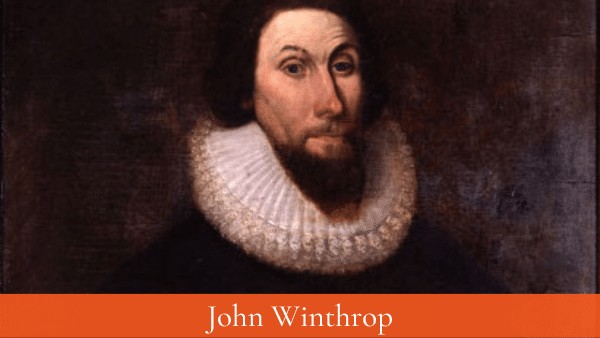
The next colony to be founded was the Puritans.
They would settle near the Pilgrims, but their colony would be much more organized, and they would expand quickly.
The founder was John Winthrop, who delivered the famous quote "City on a Hill," which is what he believed the new colony could become.
Also Read: 25 Facts about the Massachusetts Bay Colony
The Great Migration occurred during this time with a flood of settlers coming to Massachusetts Bay and increasing the population tremendously.
By the end of the 17th century, the Massachusetts Bay Colony was the largest colony in New England and the most influential. It would eventually absorb the Plymouth Colony and would become the place where the American Revolution began.
6. Rhode Island Colony Was Founded By Roger Williams
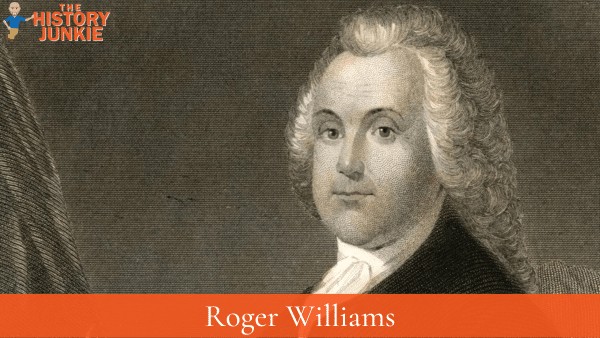
Roger Williams was originally part of Massachusetts Bay Colony, but after disagreements, he was banished along with his followers.
This banishment led to the founding of the Rhode Island Colony, which would become the first colony to allow religious freedom.
Providence Plantations would be the original name, but the eventual smallest state of the union would become known as Rhode Island.
Williams did well with his negotiations with the natives, and the colony was well organized. It would continue to grow and would even support Massachusetts Bay Colony in the Pequot War and King Philips War.
7. Connecticut Colony Was Founded By Thomas Hooker
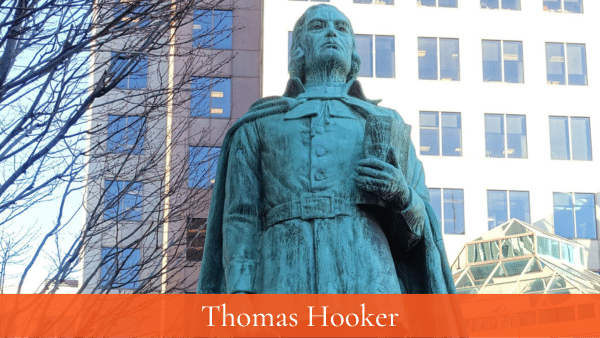
Ironically, Connecticut Colony and Rhode Island Colony were each founded by former ministers within Massachusetts Bay Colony.
Thomas Hooker did have some disagreements, but he was not banished. He was one of the most charismatic clergy in the entire colony, and he led his congregation to found Connecticut.
Connecticut became known for its founding document, the Fundamental Orders of Connecticut Colony.
This document would become influential during the Constitutional Convention that would make America a republic instead of a Monarchy.
New Haven Colony had been founded near Connecticut, but it had a hard time growing. After the English Civil War, the colony was absorbed by Connecticut, which angered some of New Haven's settlers.
8. New York Was First Settled By The Dutch
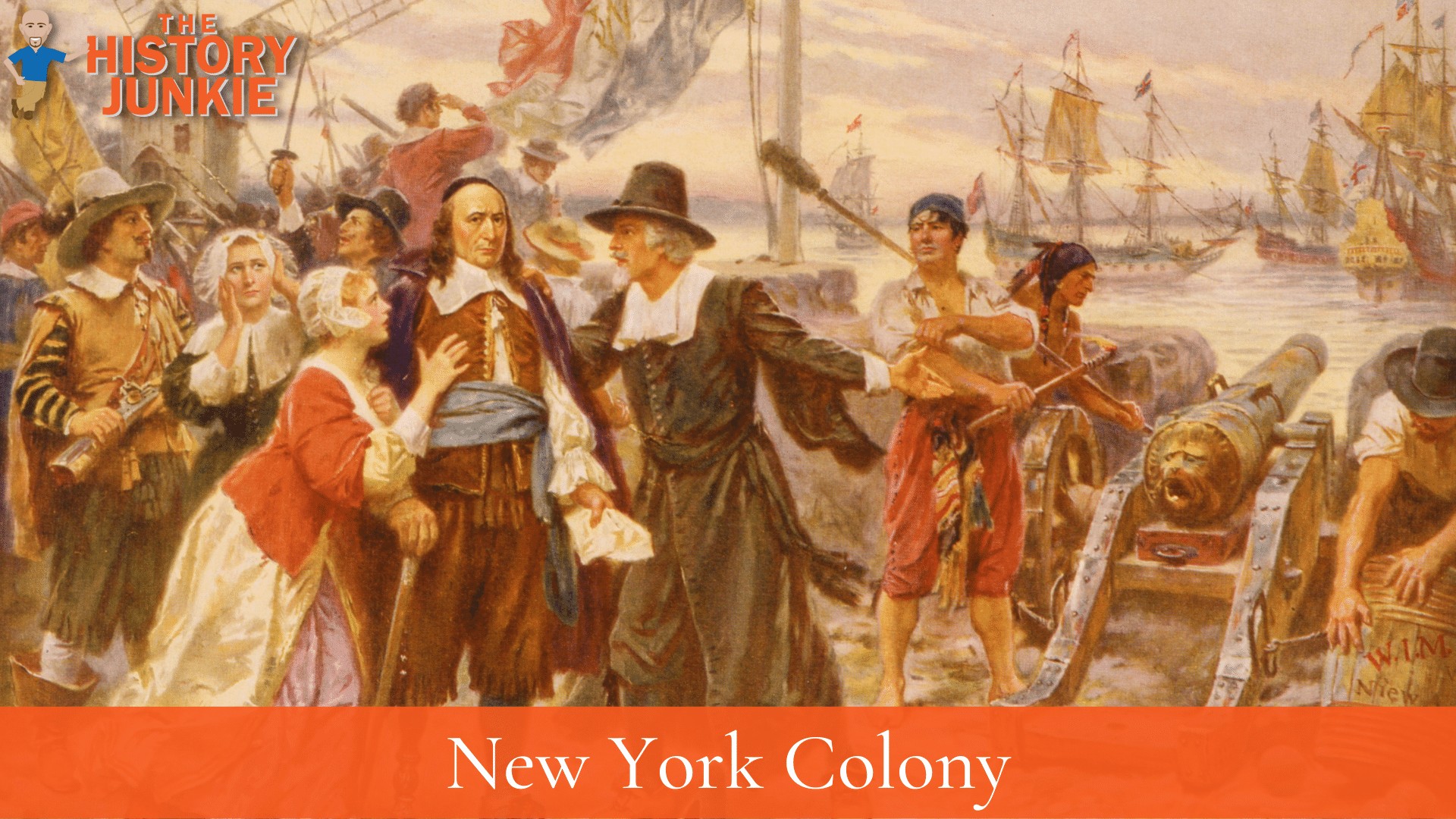
New York was originally known as New Netherland and was the property of the Dutch.
In 1664, after the Dutch ceded New Netherland to Britain, it became a proprietary colony under James, Duke of York.
When James ascended the throne in February 1685 and became King James II, his personally owned colony became a royal province
The colony held an important harbor and would grow to become a decent size in the colonies, but by the time of the American Revolution, it was still smaller than Virginia, Massachusetts, and Pennsylvania.
Many important battles took place in New York, including the Battle of Saratoga.
9. New Hampshire Was One of the First Colonies...Kinda
New Hampshire had been chartered by John Mason, who gave it its name, but it was more of a trading port rather than one of the 13 Original Colonies and did not grow.
The population did increase with the Great Migration and the expansion of other New England colonies, and by 1741, King George II had to create a border between New Hampshire and Massachusetts.
By the time of the American Revolution, New Hampshire was in another border dispute with other colonists who wanted to form Vermont.
10. William Penn Founded Pennsylvania Colony
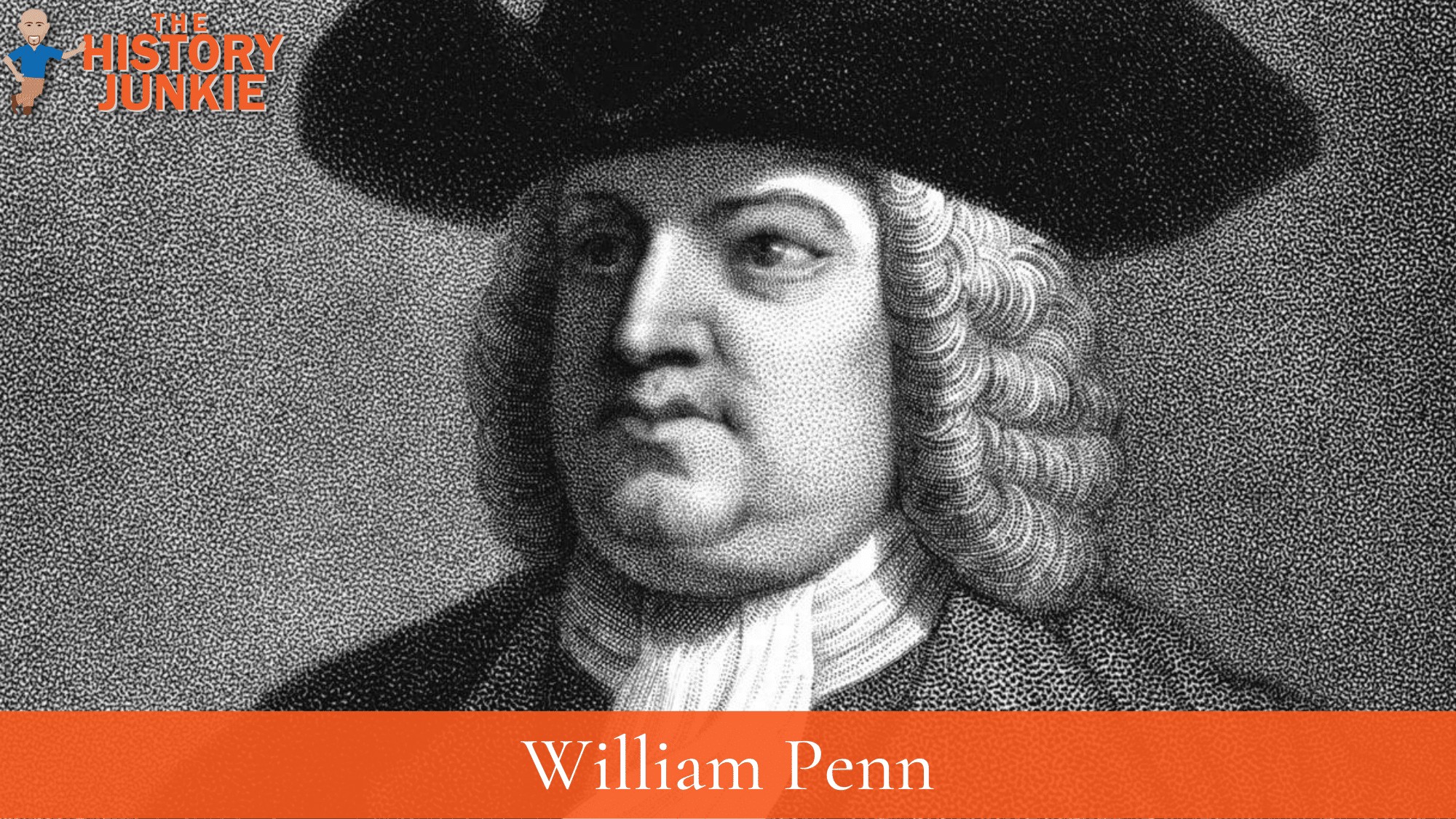
William Penn came from an influential family in England, but when he converted to Quaker, he quickly formed enemies since the Quakers were a persecuted group.
His family had helped the monarchy in the past, and the King owed the family. In order to pay back what they owed, they allowed William Penn a charter where he would take his Quaker friends.
He would found Philadelphia, engage favorably with the natives, and the colony's economy would become successful.
It was also a freedom of religion environment, which was much appreciated by Benjamin Franklin when he arrived.
11. New Jersey Colony Was Originally 2 Colonies
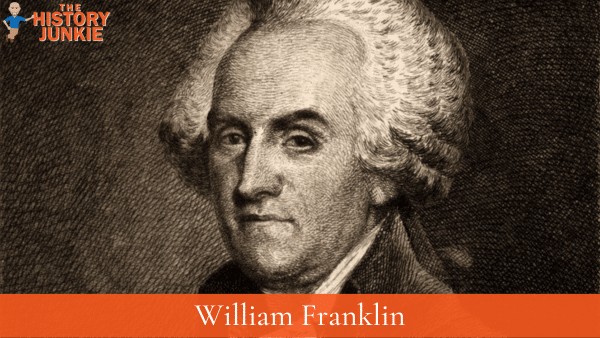
King Charles II charted New Jersey as a proprietary colony, and it was divided into East and West New Jersey.
By the 18th century, the colony was consolidated into one colony, and by the time of the American Revolution, it had grown substantially and was home to the College of New Jersey, which would eventually become Princeton.
During the Revolutionary War, it would have a Loyalist governor, William Franklin, who was the son of Benjamin Franklin.
The British pulled back from the colony after George Washington's victory at Trenton.
12. Delaware Colony Was Originally Owned by William Penn
The land that became known as the Delaware Colony was originally owned by William Penn. It was the lower area of the colony, and he called them "the Three Lower Counties on the Delaware River"
After some disagreements, Penn decided to allow the colonists located in the area a separate colonial assembly. It would eventually lead to the formation of the actual colony.
Delaware would be home to Caesar Rodney during the American Revolution. He is an unsung hero of the war who made a daring Midnight ride to cast a vote for independence in Philadelphia.
If he had not come, then Delaware would not have voted for independence.
13. Maryland Was Founded For Catholics And Was Home To The Only Catholic Signer
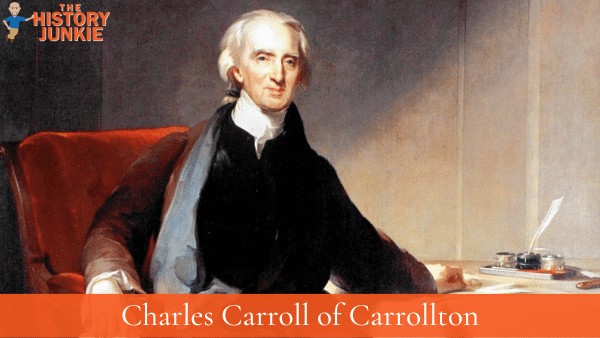
Catholics and Protestants did not get along in Europe, and they also had their struggles in the United States. However, the 13 Original Colonies were so diverse that when Maryland was founded by Lord Baltimore as a haven for Catholics, the land was so cheap that many Protestants migrated to the Southern Colony.
Lord Baltimore passed the Acts for Religious Tolerance in 1649. This was the second colony after Rhode Island to allow religious freedom.
Charles Carrol of Carrollton was the oldest remaining signer and the only Catholic to sign the Declaration of Independence.
14. South Carolina and North Carolina Were One Colony
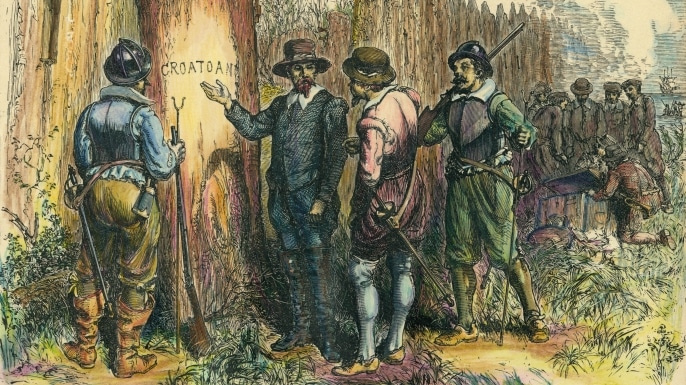
The Carolina Colony originally had South and North Carolina within it. This was due to population as it was a newer colony.
The colony became a large export of tobacco, lumber, and pitch. Eventually, the colonies separated and became North and South Carolina due to the size of their economy and population.
By the time of the American Revolution, the colony was an important part of the British strategy since they believed there was more Tory support.
It would become General Cornwallis' deathtrap.
15. Georgia Was The Youngest Of The 13 Original Colonies
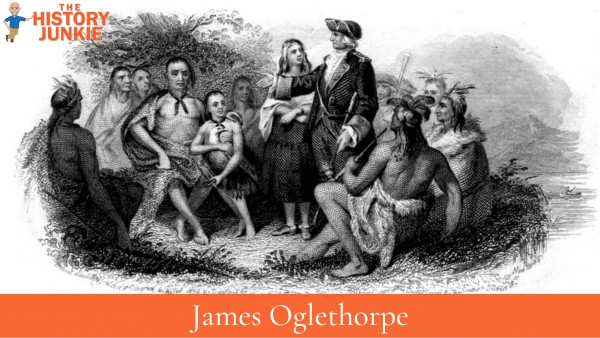
Georgia Colony was founded for debtors by James Oglethorpe. The colony was so young that it did not participate in the French and Indian War.
Also Read: 8 Facts about the French and Indian War
Georgia was originally pitched as a buffer between Spanish Spain and the British Colonies. The idea made sense, and although the colony took some time to grow, it was a wealthy colony by the time of the American Revolution, with a significant port in Savannah.
16. All Colonies Allowed Slavery

Every one of the 13 Original Colonies at some point allowed slavery, although some disallowed it sooner than others.
The Southern Colonies had the most since they depended on slave labor, but slavery was common throughout the Middle and New England Colonies as well.
For example, the Salem Witch Trials occurred because of a slave named Tituba, who was owned by a Reverend named Samuel Parris. She was transferred from the Caribbean.
Also Read: List of People Involved in the Salem Witch Trials
The debate over slavery quickly became an issue, especially in the New England Colonies. By the time of the American Revolution, slavery in New England was almost nonexistent, and many freed blacks fought on the side of the Americans.
17. The 13 Original Colonies Were Independent Entities
Although they were neighbors and they had alliances, they had one common trait, and that was their language. They were all English, with the exception of a few.
Despite sharing a language, they each had a unique founding, which then created their own culture. Pennsylvania was much different than Massachusetts, as Benjamin Franklin noted in his autobiography.
The Southern Colonies were agrarian with large plantations, while the New England Colonies depended on fishing and shipbuilding.
Georgia was formed as a buffer with debtors with the intention of defending British interests, but Pennsylvania was founded by pacifists who did not want any military action.
Each of the 13 Original Colonies was different with different interests, which made it difficult during the negotiation for independence.
18. The Great Awakening Unified Them
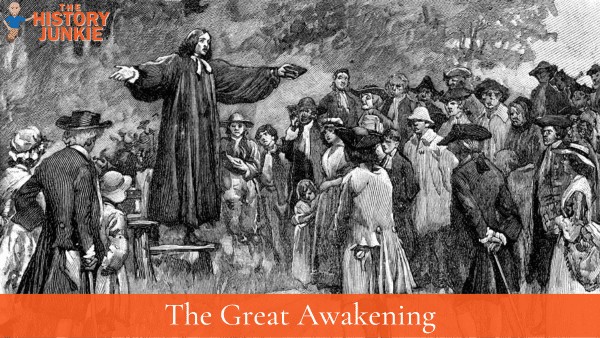
The Great Awakening is an overlooked event that occurred in Colonial America that unified the colonies.
As stated previously, there were various religious convictions, and the colonies were not united on that issue. In fact, the convictions were often a reason to divide.
However, the Great Awakening that was started by Jonathan Edwards and George Whitefield brought a common belief to many folks within the colonies. It did not convert everyone to a new way of thinking, but it did persuade many within the different colonies.
It also influenced the clergy, and the clergy would play a primary role in the issue of independence.
19. The French and Indian War Unified The Colonies Even More
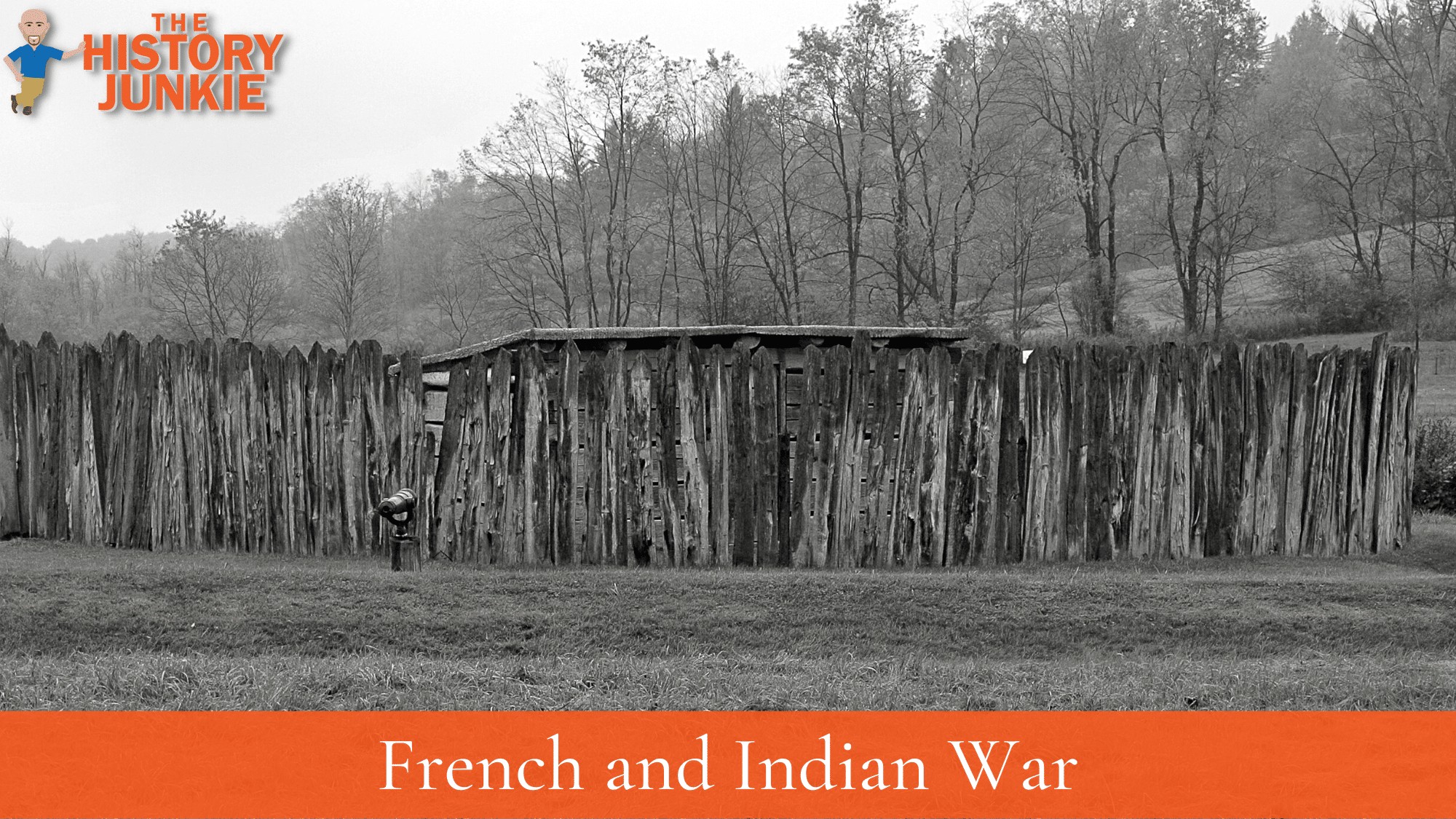
After the Great Awakening was the French and Indian War. The colonies fought alongside their British counterparts because they thought of themselves as British.
After the war, they believed they had earned their place in British circles since they had lost lives and fought bravely for the Motherland, but when the various taxes came down on them, and the British looked to fund their war without representation, it caused every colony to take issue.
During the war, they had taken the slogan, "Unite or Die," which they rallied behind, but after the war, they became angry for what they saw as British abuse of power.
20. The Olive Branch Petition Sealed the Deal
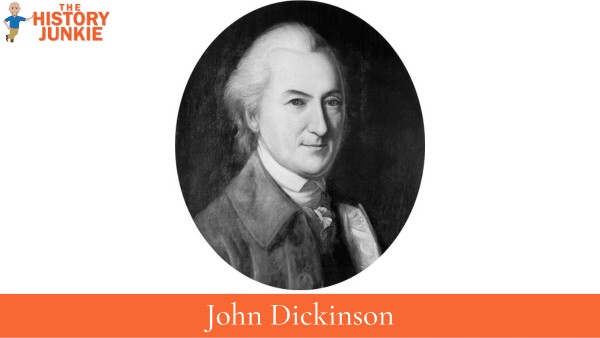
There were pacifists and some who wanted to stay loyal to the crown during the First Continental Congress. This caused everyone to attempt to reason with King George III, who had no intention of reasoning with what he believed to be his loyal subjects.
John Dickinson and the others agreed to attempt the Olive Branch Petition, which was sent back with scathing remarks.
This was the last attempt the colonies made to negotiate peace without force, but after the rejection, the pendulum swung toward independence.
This would be the last that King George III could call Americans his loyal subjects.
